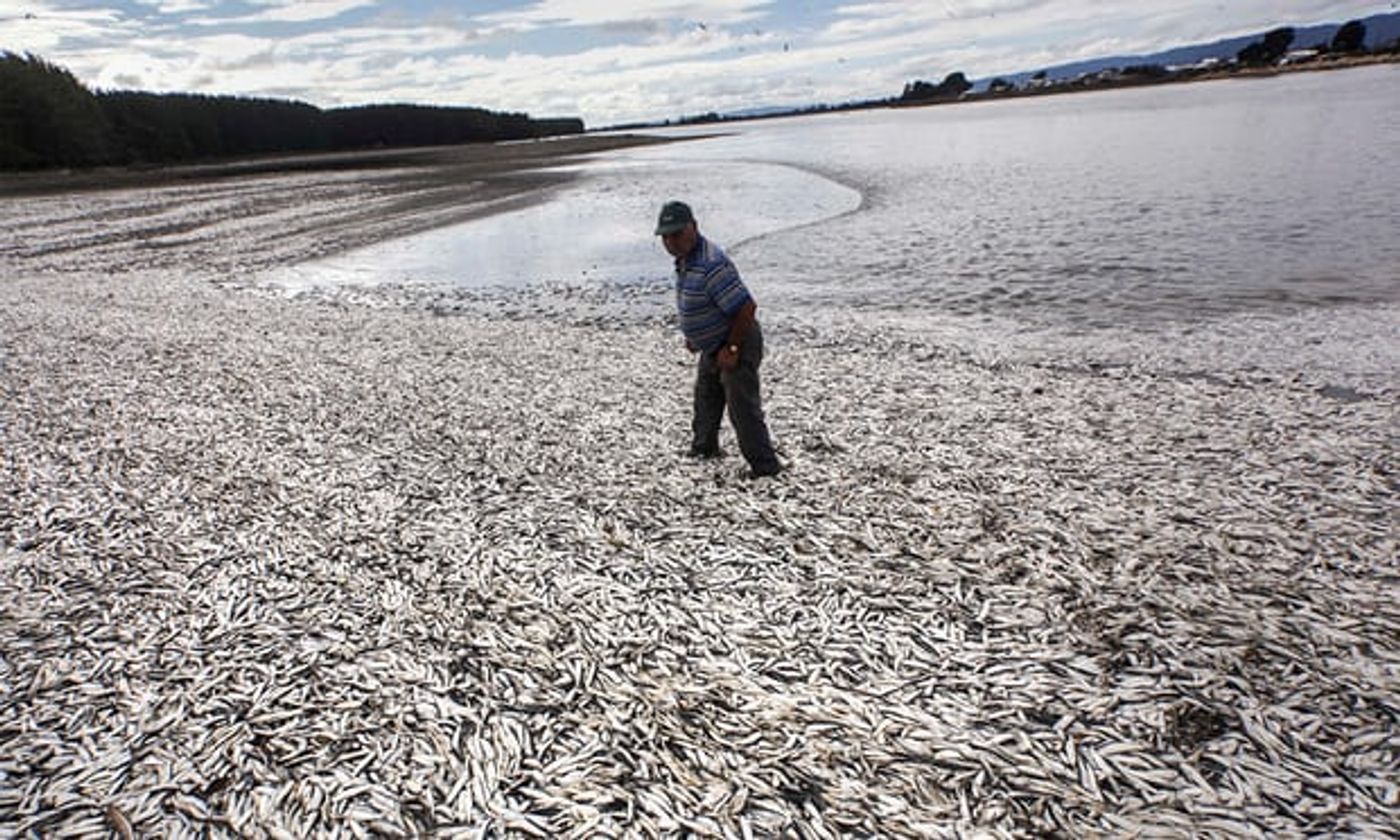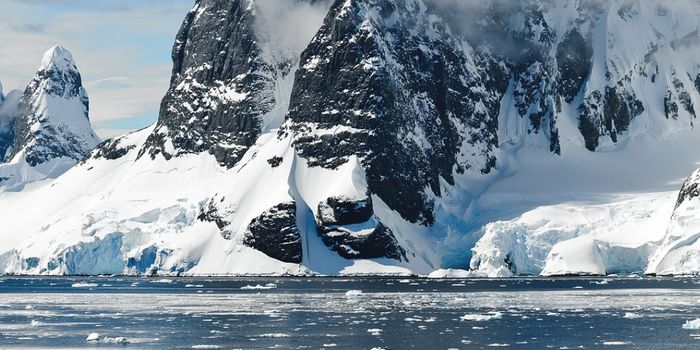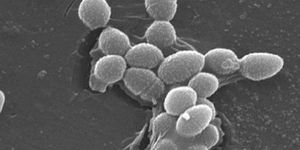How do we breathe without oxygen?
To add another problem to ocean life, on top of plastic waste and overfishing, let’s introduce dead zones! Dead zones are areas in the ocean that have little to no dissolved oxygen in the water, a state called hypoxia. Just as you and I need oxygen to breathe, most marine organisms also need oxygen to live. Take that oxygen away, and…well, you can figure it out.
Dead zones have been a known phenomenon for decades now and up until now much of the blame has been placed on the meat and agriculture industries. That’s because these industries use huge amounts of fertilizers – nitrogen and phosphorus – that end up seeping from field and farms into fresh water sources, where all eventually lead to the ocean. Once in the ocean, these fertilizers provide an excess of nutrients that algae thrive on. And when I say thrive, I mean BOOM! Huge areas of what are called algal blooms can be found in the oceans as well as in fresh water bodies. Though these algae aren’t themselves bad, their sheer quantity has the ability to throw everything else in an ecosystem out of whack – and one of the main symptoms of this is that all the oxygen they use up leaves oxygen-depleted areas for the other organisms. That’s why these areas are called dead zones.
The cause of these dead zones is certainly anthropogenic. Although there are parts of the open ocean that have naturally occurring low-oxygen levels, a new study published in the journal Science found that ocean dead zones with zero oxygen have quadrupled in size since 1950; meanwhile, extremely low oxygen sites near coasts have multiplied tenfold. But this study introduces a new twist to the long-told story. Turns out, algal blooms from fertilizers might not be the only cause of these dead zones. Climate change, too, is a culprit (I know, surprise, surprise).
Human-driven climate change caused by burning fossil fuels leads to the deoxygenation of oceans (and subsequent dead zones) because warmer waters are able to hold less oxygen. We already know that global sea surface temperatures have increased by an average of 0.13 degrees Fahrenheit per decade since 1901. This study estimates that 2% of all oxygen has been lost in the ocean since 1950. That’s 77 billion tons of oxygen. With warmer waters and less oxygen, all of which creates positive feedback cycles to make the whole thing worse, we could be looking at a major concern.
“Major extinction events in Earth’s history have been associated with warm climates and oxygen-deficient oceans,” said the leader of the analysis, Denise Breitburg, from the Smithsonian Environmental Research Center. “Under the current trajectory that is where we would be headed. But the consequences to humans of staying on that trajectory are so dire that it is hard to imagine we would go quite that far down that path.”
Sources: The Guardian, Science, Futurism, The Huffington Post









